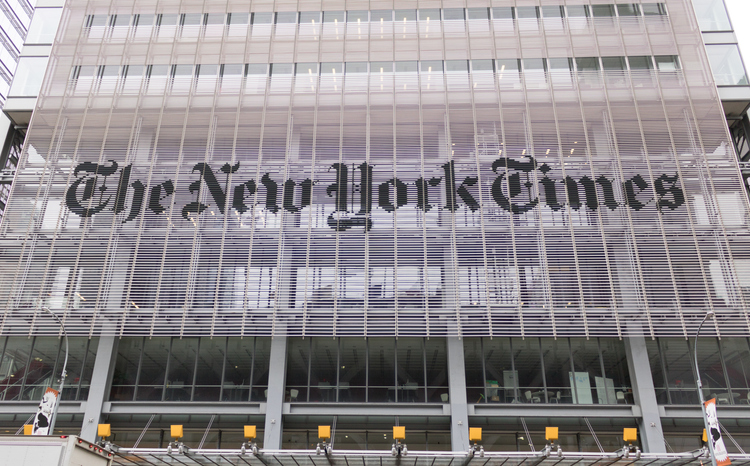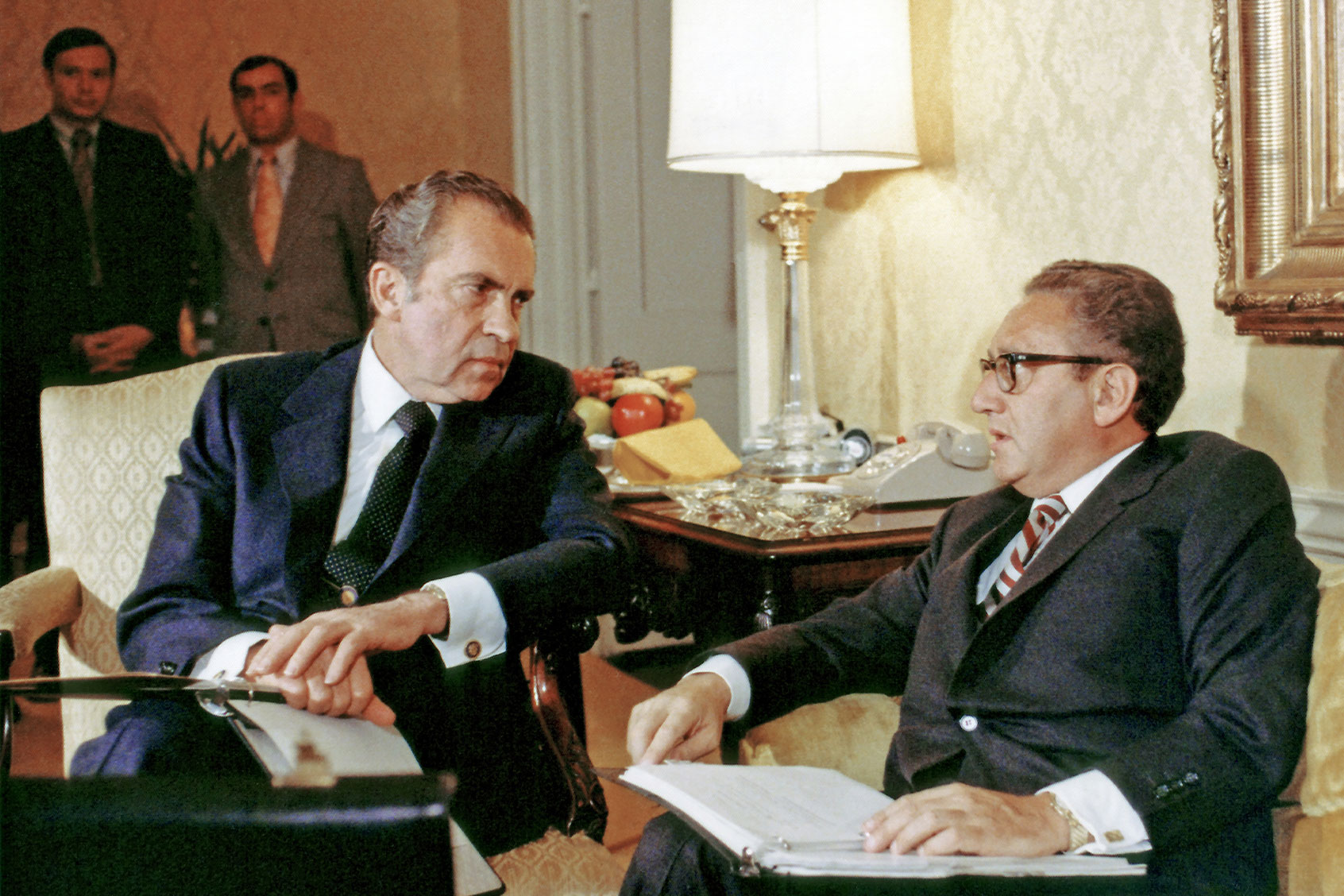In the lead-up to the 2024 election, the New York Times issued a bold warning regarding the potential actions of then-presidential candidate Donald Trump. The editorial, which was published both online and in print, declared: “DONALD TRUMP SAYS HE WILL PROSECUTE HIS ENEMIES, ORDER MASS DEPORTATIONS, USE SOLDIERS AGAINST CITIZENS, PLAY POLITICS WITH DISASTERS, ABANDON ALLIES. BELIEVE HIM.” Now, nearly one year later, many of those predictions are unfolding in real time.
As Trump enters his second term, elements of this stark warning are becoming evident in his administration’s policies. From aggressive political prosecutions to initiatives aimed at mass deportations and controversial responses to disasters, the predictions made by the New York Times are not merely provocative; they are increasingly prescient.
Social Media Amplifies Concerns
This week, the editorial resurfaced on social media, where it quickly gained traction. Users reacted with a mix of disbelief and dark humor, sharing memes and threads that document current events that align with the Times‘ warning. The emotional tone of these discussions reflects a shift; what once might have been dismissed as exaggeration is now viewed as a serious commentary on the direction of U.S. policy.
Observers note that social media platforms are functioning as decentralized tools for fact-checking and discourse. Citizens are actively citing executive actions, federal deployments, and enforcement orders, using these examples to contextualize the Times‘ warning. This real-time exchange contrasts sharply with traditional media, which often struggles to keep pace with rapid developments in policy.
The Impact of the Warning
The emotional impact of the warning resonates deeply with the public. Unlike typical political memes designed for humor, the responses to the New York Times piece are laden with anxiety and concern. The all-caps warning has become a symbol of the fears many Americans have regarding the current administration, echoing the urgency of the original message.
“The warnings are real, and the public is now documenting, dissecting and reckoning with them in real time,” commented Victor Shi, a prominent social media user who highlighted the editorial.
As the situation continues to evolve, it is clear that the New York Times‘ predictions have been validated not just by policy but also by public sentiment. The ongoing dialogue on social media serves as a primary arena for tracking, debating, and understanding these developments, emphasizing the importance of vigilance in a changing political landscape.
The implications of these warnings are profound. For many Americans, the concerns expressed in the editorial are no longer hypothetical; they reflect a tangible reality that is shaping their lives and communities. As the dialogue unfolds, the necessity for informed engagement becomes increasingly critical in navigating this complex political terrain.







